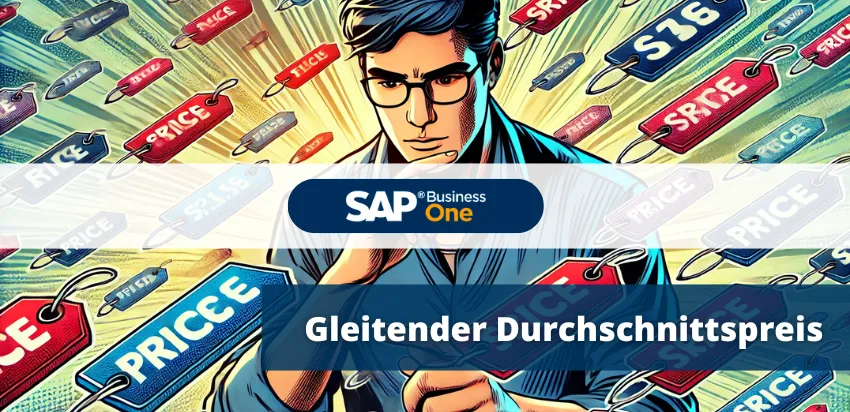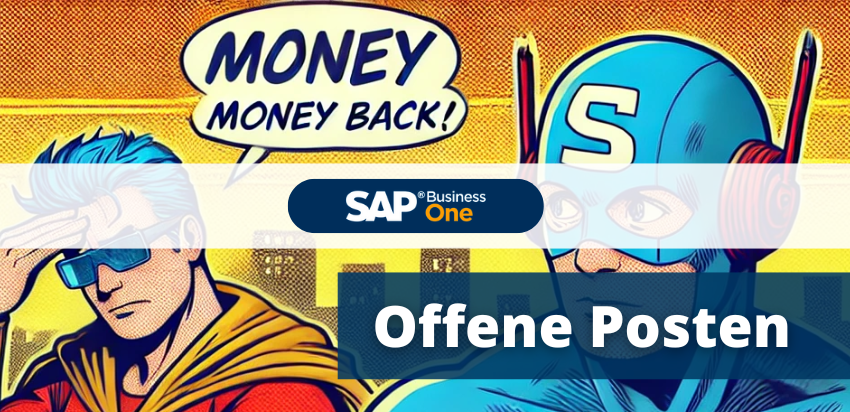Rules and regulations such as the GoBD sometimes make even the recording of incoming invoices a challenge. A Accounting software can help.

Since 2015 companies must pay attention to compliance with the GoBD, i.e. the principles of data access and verifiability of digital documents. And these are no less strict than those for non-digital documents. One component of the GoBD is the precise regulation on the procedure for receiving invoices. Here are the individual steps and their components:
-
Step:
Check the invoice for its date. If it has been received more than eight days ago, you are too late according to the GoBD. According to the GoBD, incoming invoices must be entered within eight days.
-
Step:
Either way - now it's time to pay the bill. digitise. It is best to always scan the invoice as soon as you receive it or set up a post for it. The scanner should have a resolution of 300 dpi. This step is not necessary if you receive the invoice digitally. The GoBD puts invoices in paper and digital form on an equal footing. You can therefore dispose of digitised invoices afterwards. You must also document who scanned which invoice and when.
-
Step:
Then upload the documents to a secure and central storage location, e.g. their DMS. In the long term, it is advisable to invest in an ERP system such as SAP Business OneThis is because it can guarantee the GoBD-compliant recording and storage of incoming invoices.
This protects the invoices from loss, makes them always findable and all edits are accurately logged and linked. All change steps are saved, but you can always refer back to the original version. The system also matches the invoice received to the accounting document, thus automatically verifying the invoice. Proven data storage systems can also guarantee the long retention period of the GoBD (ten years).
As you can see, this step contains a lot of requirements that have to be met - without a software solution, this is not an easy undertaking, as everything is done manually.
-
Step
If the invoice is stored digitally, you have to check whether it contains all the invoice components and whether all the information provided is correct. This formal and factual check is also more time-consuming manually and much more prone to errors. It is true that a system does not yet check an invoice completely independently. However, individual details can be queried and checked more easily using masks, and changes and notes can be logged.
This also corresponds to the GoBD requirement for an "internal control system". In this system, every taxable company should define its access authorisations, separation of functions, recording and processing controls as well as protective measures against falsification of data. A system also creates simplified conditions for this.
-
Step:
Finally, the invoice must be posted. If a digital invoice contains the usual components, a good accounting system can usually transfer the booking automatically. The user then only has to check the details and sometimes take corrective action. The system then assigns the booking and makes it traceable - another requirement of the GoBD. The system also ensures machine evaluability as well as the journal and account function.

E-bill master data and settings in SAP Business One

Moving average price in SAP Business One

SAP Business One - Open items

GOBD and GOBD myths

IFRS & HGB with SAP Business One


